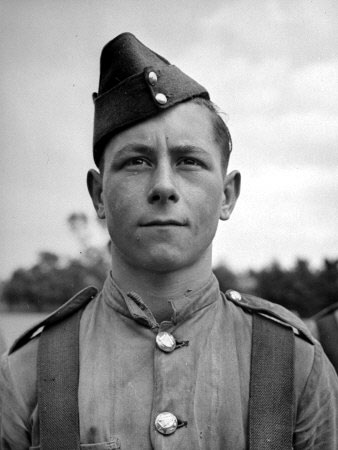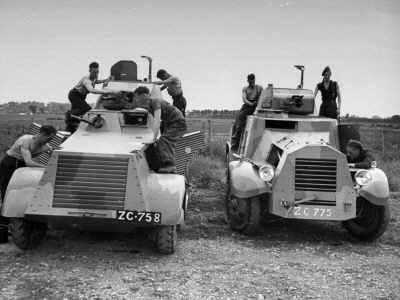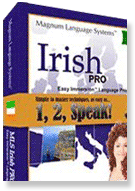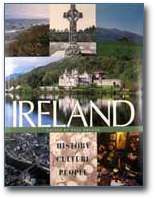History of The Irish Defence Forces
 |
The Irish Defence Forces originated as the Irish Volunteers which was founded in 1913. Their official title in the Irish Language is Óglaigh na hÉireann, Irish Volunteers. Defence Forces cap badges and the buttons on their officers uniforms also carry the insignia Óglaigh na hÉireann. The Defence Forces buttons on other uniforms still show the letters I V for Irish Volunteers. The Irish Volunteers, led by Patrick Pearse, took part in the Easter Rising of 1916.
After the rising, the Volunteers gave allegiance to the First Dáil Éireann, meaning the lower house of the parliament of the Irish Republic. At this point in time, the Volunteers took the name Irish Republican Army or IRA. The IRA waged a War of Independence against British rule in Ireland between 1919 and 1921.
A truce brought aggression to an end on July 11, 1921 and the Anglo-Irish Treaty was signed on December 6, 1921. The temporary government was constituted on January 14, 1922. Many IRA men who fought in the War of Independence were discontented with the Treaty. In February of 1922, the provisional government began to recruit volunteers into the new Irish National Army. The Irish Civil War began on June 28, 1922 between the Republican Anti-treaty IRA and the newly recruited pro-treaty National Army. The war ended on May 24, 1923, the IRA Chief of Staff ordered IRA volunteers to disarm, and the new Irish Free State began with an uneasy peace.
On August 3, 1923, the new state passed the Defence Forces (temporary provisions) Act, raising an armed force to be called Óglaigh na hÉireann, consisting of such number of officers, noncommissioned officers, and men as may, from time to time, be provided by the Oireachtas, or the parliament of the Irish Republic. The establishment of the Forces took place on October 1, 1924.
Ireland was officially neutral during World War II, but declared a state of emergency on September 2, 1939 and the Army was mobilized. As the emergency progressed, more and newer equipment was purchased from Britain and the United States. For the duration of the emergency, Ireland, while formally neutral, supported the Allies in several ways. German military personnel were imprisoned in the Curragh along with the combatant powers' servicemen. Allied airmen and sailors who crashed in Ireland were very often secretly moved across the border to Northern Ireland. G2, the Army's intelligence section, played a critical role in the spotting and arrest of German spies, such as Hermann Görtz.
 |
Disclaimer: LittleShamrocks.com is an affiliate website that receives commissions from sales of the products listed. We have purchased and sampled many, but not all, of the products on these pages.
© Copyright LittleShamrocks.com. All Rights Reserved.








